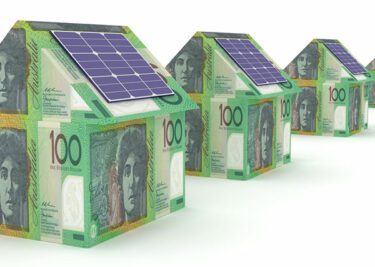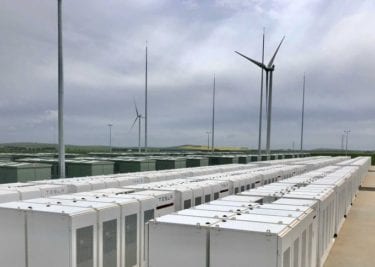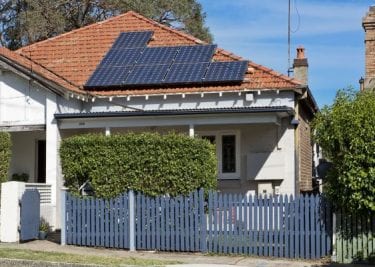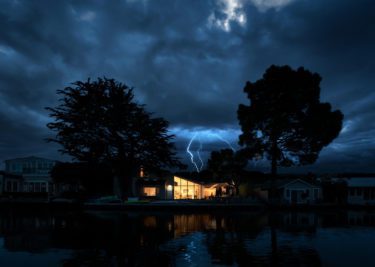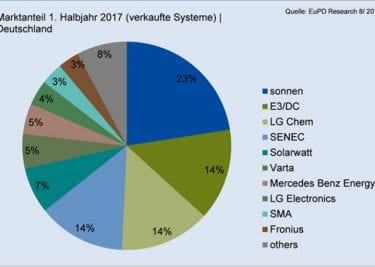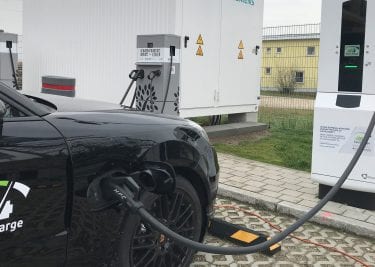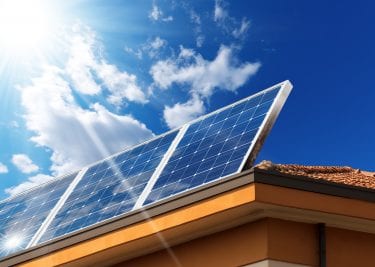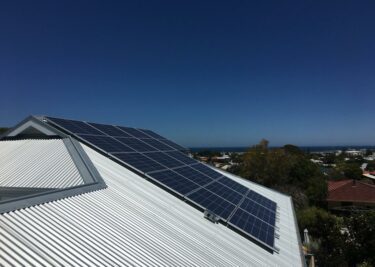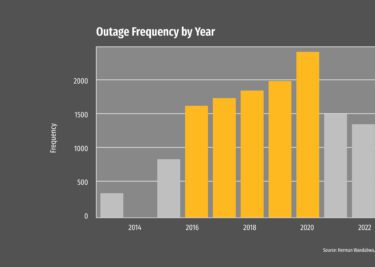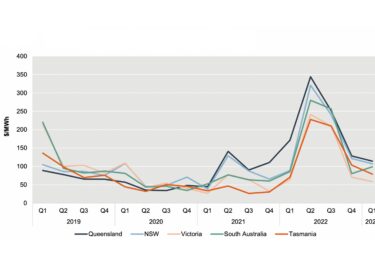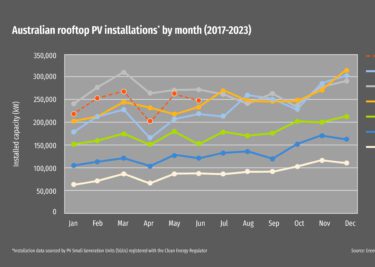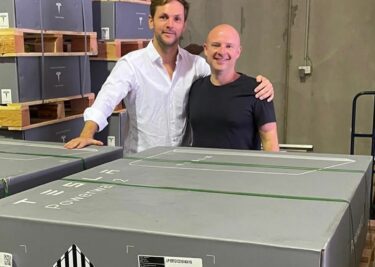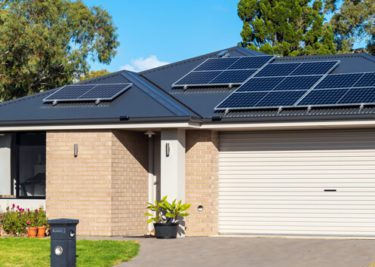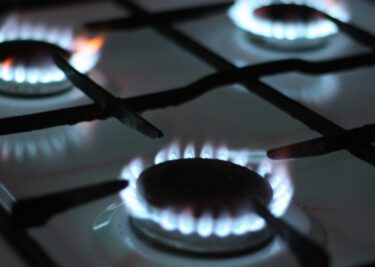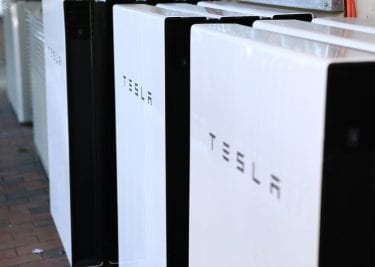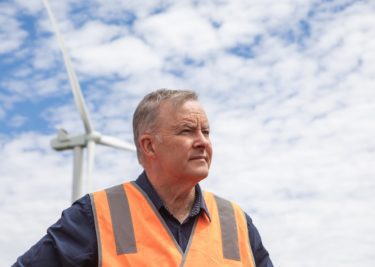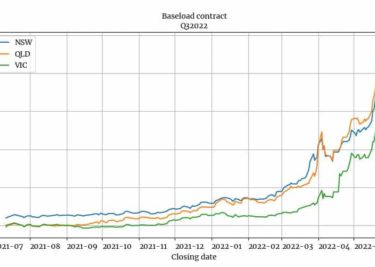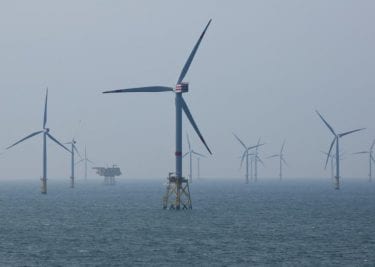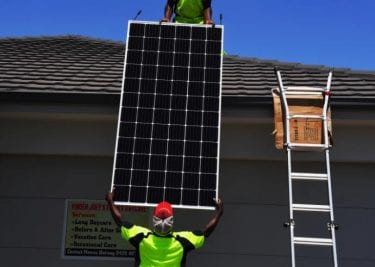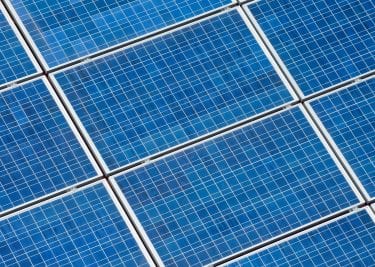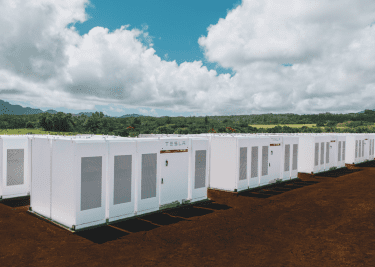When an electricity industry veteran sends a powerful warning, we should all sit up and take notice. Well, that’s exactly what we’re waking up to today, with former AGL Managing Director and CEO Michael Fraser saying that Australia could see “a return to the 1970s”, when power outages were commonplace.
Fraser has sent the warning in an interview with The Australian, published overnight. In it he spoke about how Australia is well behind where it needs to be to see coal exit the National Energy Market (NEM). He warned that there is insufficient replacement power being added.
“You will get to a point where coal just has come out of the system, and we haven’t got the generation there to back it up,” Fraser told The Australian. “That’s when we get rolling blackouts and high energy prices, and that will have social and economic implications.”
Fraser said that the increased likelihood of blackouts is a result of fossil-fueled generators being switched off, while the renewables needed to replace them are not being built quickly enough. And he knows about providing reliable power, with AGL having long been one of the leading electricity providers in Australia, with over 20% retail market share today.
“The key thing we keep talking about: ‘When can we take coal out of the system?’. That’s not the question,” said Fraser. “The right question is: ‘How quickly can we build renewables and the firming generation needed to back it all up?“
Solar battery backup
While the threat of increased blackout looms, it’s clear that as individual households we have solutions at hand. With the high-powered PV systems and advanced solar batteries available today, homes can be backed up effectively and with zero carbon emissions.
It has been proven in floods, fires, and heatwaves, battery systems like the Tesla Powerwall can provide seamless backup to households when the grid goes down. And the rooftop solar and Powerwall combination can deliver cheaper power for homeowners outside of these hours of need.
But what’s more, residential solar batteries can play an important role in supporting energy networks and potentially reduce the risk of backouts in the future. Let’s have a closer look at the warning sent by the former AGL boss.
While Fraser acknowledged that Australia’s power sector was, on the whole, committed to a pathway to net zero carbon emissions, “the point is we need to make sure that the lights stay on and energy remains affordable. And if that doesn’t happen, then public support for the transition will be lost overnight,” he said.
Fraser pointed to a current pointed to a lagging build out of renewable energy generators as being a major cause for concern. He noted that the state and local government approval process for renewable energy projects is occurring at a “glacial pace”.
“Nobody’s saying that we’re on schedule or ahead of schedule. We’re behind schedule,” said Fraser.
Batteries to the rescue
While the power industry veteran’s warning may cause some to despair, it’s encouraging to know that accessible solutions are at hand. As mentioned above, solar batteries can provide vital backup to households when blackouts strike. And they can also help bolster the grid in times of need.
In fact, there is a building chorus of voices calling for residential solar battery rollout to be accelerated and supported by state and the federal government, because of their ability to supply flexibility to electricity networks.
The dynamics are a familiar one. As solar continues to surge, and it is being installed on households and small businesses at a record clip, electricity networks are getting flooded with PV power during the middle of the day, while demand in the evening continues to remain high and the sun has set.
The challenge is that old coal generators can’t longer afford to run during the day, with electricity prices in the middle of the day plunging, while they are being asked to ramp up in the evening to meet peak demand – something they were never designed to do. And needless to say, many of Australia’s coal clunkers are many decades old and simply not up to the task.
Fraser isn’t the only one sending the warning. Only on Monday, energy market analysts Rystad Energy announced its finding that Australia is seeing the world’s most volatile electricity prices. “Unexpected losses of supply from unplanned coal generation outages and transmission line issues related to natural disasters [have] lead to huge price fluctuations,” the Rystad analysts concluded.
“Australia’s NEM holds the unwanted title of ‘most volatile’,” the analysis concluded. Unwanted at best, I’d argue, and downright dangerous if the worst-case scenario eventuates.
The beauty of batteries
As is so often the case, in a time of crisis the true value of something is revealed. And in the face of these technical shortfalls, market failures, and resulting volatility a huge opportunity for solar batteries is emerging.
Solar batteries, like the scores of Tesla Powerwalls being installed daily right around the country, can soak up excess solar power in the middle of the day, for it to be discharged and made available to households and the energy network during the evening demand peaks. Essentially, batteries can support households in a crisis and support the network to cope with the power supply and demand fluctuations becoming increasingly common.
The analysts at Rystad have come to the same conclusion. “To handle these fluctuations, increased [energy] storage capacity is required.” And that means batteries in all shapes and sizes.
A warning not heeded can be a missed opportunity. With both hard market data and insights from power industry veterans pointing to the same thing, the time for solar batteries to be added to Australia’s energy networks is now. Let’s hope their true role in the support that networks and households can be recognized. And that it doesn’t come too late.


